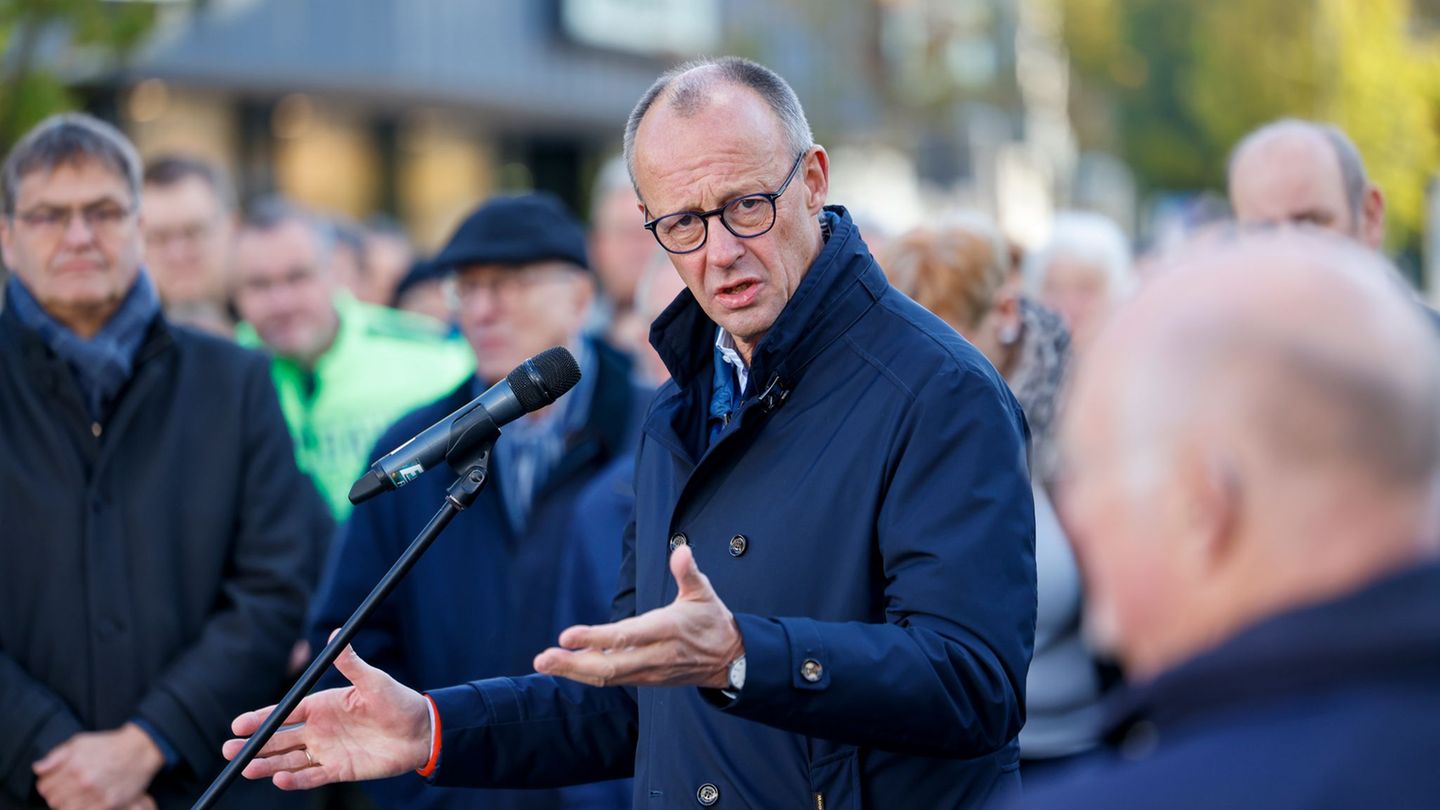Cryptocurrencies: worldwide comparison
Worldwide, around 42% of respondents own or have purchased cryptocurrencies. The highest percentage is recorded in Nigeria (73%), South Africa (68%), Philippines (54%), Vietnam (54%) and India (52%). The main obstacles to entering the crypto market are “the perception of market volatility (20%) and the prevalence of scams (17%).”
- Motivations to buy cryptocurrencies: Argentina (52%) and Nigeria (65%) show the greatest motivation to own cryptocurrencies as a means of storing value, likely given the instability of their local currencies.
- Alternative system: only 13% of Argentines believe that the traditional financial system and banks work well. More than 1 in 5 think it should be completely rebuilt.
- Bank accounts: almost half (44%) of respondents in Argentina have more than one bank account; 36% have one, and only 20% have none.
- Privacy: only 2 in 5 respondents trust their data and personal information to the current Internet services they use
- Trust: Globally, 83% of respondents say data privacy is one of their top concerns, but less than half (46%) trust how their ISPs handle their data and sensitive information. .
- Controls: More than 78% of people surveyed worldwide say they want more control over their online identity, and only 39% believe they are adequately compensated for the value they bring to the internet.
In this regard, Daniel Lynchsenior director of Consensyshe explained in dialogue with Scope that, while in Argentina as in Nigeria, users have a high ownership of digital assets, among the more than a thousand respondents nationwide, curiosity was the main reason for their investment in cryptos.
ESCOBAR- Bitcoin Yearbook.jpg
Although cryptocurrency adoption in Argentina faces challenges related to lack of knowledge and uncertainty, growing interest and expectations for future investment suggest potential for expansion.
“Diversification of investment portfolios and trading for long-term returns rank second and third, respectively,” he analyzes. And he adds that, on the other hand, the participants of Nigeria and South Africa show increased demand for financial inclusion, given that those countries are among those with the highest wallet ownership, in addition to concerns about the excessive power of Web2 companies (META. TikTok, Amazon, Mercado Libre).
It turns out that while Web2 companies centralize control and data on their platforms, in the blockchain-based Web3 ecosystem, the focus is on decentralization, digital ownership and privacy. Examples of Web3 companies would be OpenSea, Uniswap, and Ethereum.
The different age groups and the crypto market
Matías Bari, CEO of Satoshi Tango, explains in dialogue with this medium that stablecoins remain one of the assets most operated by Argentines despite the drop in the price in Argentine pesos. “If 2025 is the year in which the dollar clamp is finally removed, it remains to be seen what will happen, but the stablecoin market shouldn’t undergo huge changes,” he says..
And he adds that: “Many people will choose to buy USDT, USDC or DAI for different reasons: the convenience of doing it from home, 24/7 availabilityfor privacy reasons, because they allow easy generation of returns”, among other aspects.
The report also shed some light on consumer behavior towards cryptocurrencies and exposed trends that vary by age. Among respondents aged 55 to 65, 77% have never purchased cryptocurrency. However, 41% of this age group consider it likely to enter this market in the next year, mainly with the aim of diversifying their assets.
In the 35 to 44 year old segment, the interest is more marked: 22% of respondents regularly invest in cryptocurrencies, while another 15% have made some sporadic investment. This group is positioned as one of the most active in the market.
On the other hand, young people aged 18 to 34 show a decreasing trend compared to 2023. Among respondents aged 25 to 34, cryptocurrency purchases fell by almost 10%. Similarly, in the 18 to 24-year-old group, the proportion of users who invest fell from 44% to 37%. In this age range, the main motivation to invest continues to be curiosity and the search for benefits in both the short and long term.
Despite this, Lynch comments that, looking ahead, 45% of respondents from the City of Buenos Aires and Greater Buenos Aires believe they will invest in cryptocurrencies next yeara figure very similar to the 44% in the central regions, “but that differs from the rest of the country.” For the expert, “these are excellent figures and show that the future of cryptocurrencies in Argentina is promising.”
This analysis highlights how the reasons behind investing in cryptocurrencies vary by age. While older people are looking to diversify their portfolio, younger people are leaning towards the profit potential and excitement inherent in the digital asset market.
Buenos Aires, at the forefront
As Lynch explains, 38% of the residents of the City of Buenos Aires and Greater Buenos Aires invested in cryptocurrencies at least once, “a proportion that falls noticeably in other regions of the country,” the document states.
In the southern provinces, such as Chubut, Neuquén, Río Negro, Santa Cruz and Tierra del Fuego84% of respondents never participated in the crypto market. A similar trend is observed in the northwestern provinces, where 75% of people surveyed also stated that they had not acquired cryptocurrencies.
“Compared to last year’s data, it is concluded that there were significant changes,” the document analyzes. For example, in 2023, the southern region led interest in cryptocurrencies, with 43% of respondents having made investments in this market. However, in the last year, this figure has dropped dramatically to 16%.
On the other hand, in the north of the country there was a 9% increase in the number of people investing in crypto assets.
Regarding future prospects, 45% of respondents in the City of Buenos Aires and Greater Buenos Aires consider it likely to invest in cryptocurrencies during the next year, a figure comparable to the 44% observed in the central regions. “However, this expectation contrasts with that of the rest of the country, where interest is more uncertain,” the report maintains. In the south, for example, 63% of respondents are not sure or have decided not to invest in the crypto market.
About the regulation that is coming in Argentina
When asked about possible regulatory changes in the crypto industry, both nationally and internationally, Lynch commented that the firm he represents values “deep collaboration with government partners”, as he considers it key to ensuring that “innovation in the cryptocurrency sector develops responsibly and reaches its immense potential.”
“Freedom is one of the central principles of the blockchain industry, so it is encouraging to see how President Javier Milei, with his libertarian approach, embraces values aligned with this ideal. “It is positive to see leaders who understand and appreciate the impact our industry can have on innovation and economic progress, particularly in a country like Argentina where cryptocurrencies can play a crucial role,” he says.
Regarding the deregulation that is brewing in the US, Lynch admits that they are preparing to collaborate with the new administration of Donald Trump and the incoming legislators in Congress. “Our goal is to contribute to the development of a solid regulatory framework for cryptocurrencies, which benefits users and encourages innovation in the web3 ecosystem,” he concludes.
Source: Ambito




